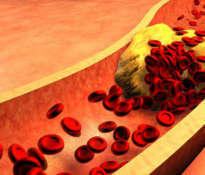Vitamin B1, also called thiamine, is the earliest discovered vitamin from group B. It was originally used to treat beriberi disease, which causes nerve damage, muscle loss, loss of mental abilities, paralysis and ultimately death. In subsequent studies, other functions of vitamin B1 were also discovered. What are the symptoms of thiamine deficiency? How do you fill up your vitamin B1 deficiencies?
Drinking diuretics (coffee, tea, sodas and more) can lower thiamine levels.
How does thiamine work?
Thiamine plays an important role in the metabolism of carbohydrates and nervous tissue. A perfect natural source of thiamine are the shells of seed cereals, liver, milk, eggs and yeast. It is a water-soluble vitamin, so its excess is excreted in the urine. An overdose of vitamin B1 is impossible, whereas vitamin B1 vitamin avitaminosis is very rare. The daily demand for vitamin B1 is about 1-2 milligrams and increases in the case of a high carbohydrate diet and in the elderly.
High doses of thiamine are used after previous viral infections, hepatitis, eclampsia, problems with intestinal absorption, before and after surgical operations and alcoholics. Regular intake of thiamine is also essential for people suffering from congestive heart failure who have been diagnosed with a decreased level of vitamin B1. Long-term use of diuretics, which are often recommended for patients with heart failure, exhausts the supply of thiamine in the body.
Side effects of vitamin B1
Some people may have hypersensitivity or intolerance to thiamine. This can manifest as weakness, a feeling of heat, pruritus, excessive perspiration, nausea, tightness in the throat, angioneurotic edema, pulmonary edema. In extreme cases, a fatal thiamine shock may occur.











